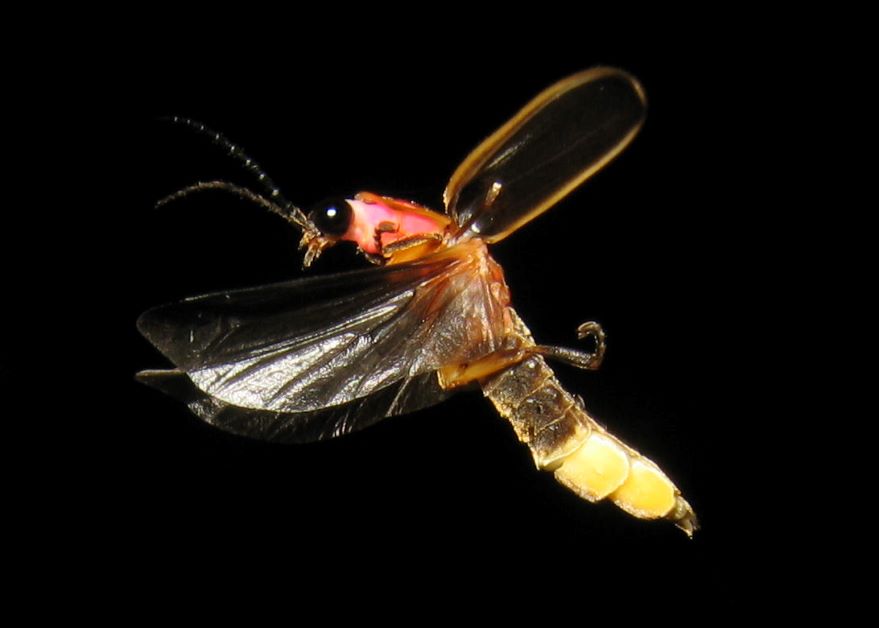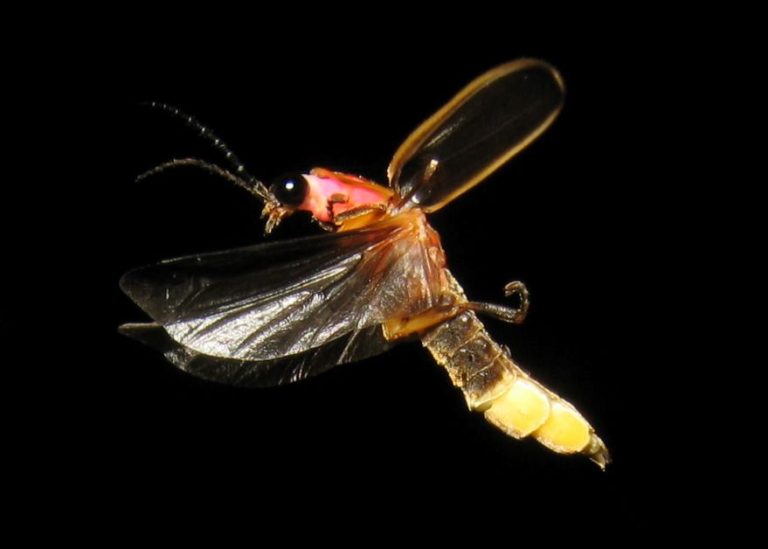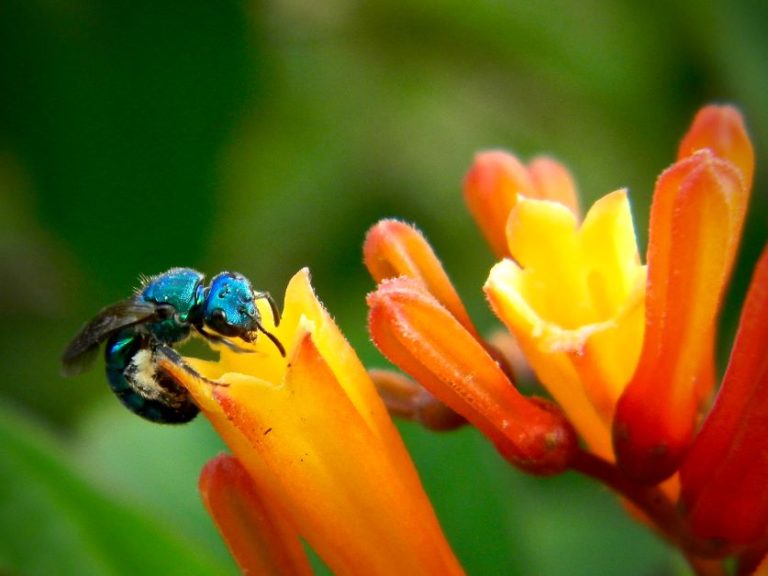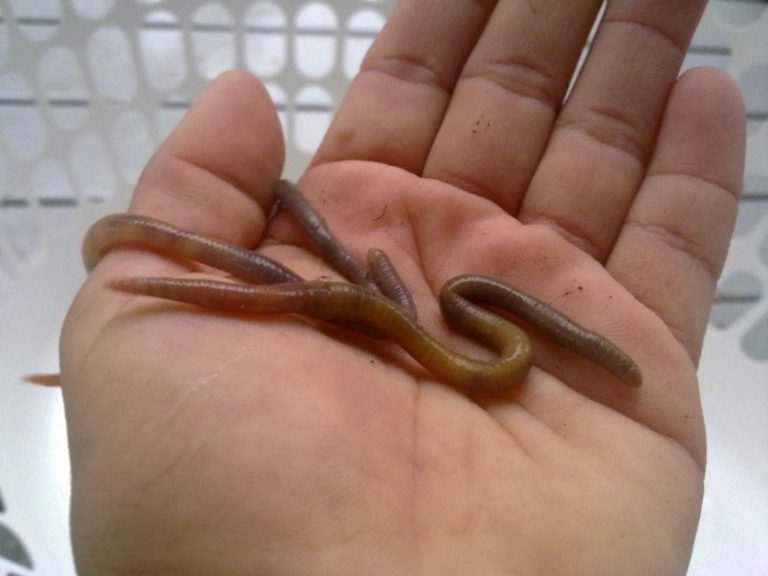Where Does Light Pollution Come From?
What is Light Pollution?
Light pollution is the brightening of our night skies caused by man-made things like street lights, electronic billboards, and lighting for businesses and homes.
The International Dark Sky Association (IDA) estimates that 1/3 of the light given off in the United States serves no purpose. Not only is that a lot of light pollution, but that’s a lot of CO2 emitted into the atmosphere to fuel lights that no one needs.
There are 4 components of light pollution:
- Glare – unwanted light that shines horizontally from a light source
- Clutter – groups of lights that form together in a mass when seen from a distance
- Light Trespass – light that shines in places where it’s not wanted or needed
- Skyglow – a halo of light that shines across the sky from the scattering of light particles
Skyglow is one of the most obvious signs of light pollution. If you’ve ever tried to look up at the stars at night only to find an empty night sky, then you’ve experienced this phenomenon.
How Light Pollution Affects the Environment
Most of us know that too much bright light at night disrupts our circadian rhythm — that’s why it’s important to limit your screen usage before you go to bed. Did you know, though, that light pollution and bright light at night also have an effect on plants?
- Trees grown next to streetlights keep their leaves longer than normal and bud at the wrong times.
- Too much artificial light can disrupt the growth of microscopic aquatic plants.
- Artificial light can cause some species of grass to grow too much while others grow too little.
- Some nocturnal cacti will fail to bloom if the night is too bright.
Does Light Pollution Affect Pollinators?
When most people hear the word pollinators, they think of bees. It’s true that bees are one of the most important pollinators in the animal kingdom, but there are a lot of other types of insects and animals that pollinate. Some of these pollinators do most of their work at night.
Some nocturnal pollinators include:
Moths

Bats


Mice

Lizards

If the sky is too bright at night, feeding times for nocturnal pollinators are disrupted. If nocturnal feeding times are disrupted, there’s more pollen for the bees to collect. If there is more pollen for bees to collect, then they’re out longer during the day. This increases the chances of bees running into a predator that they’d normally be able to avoid.
The takeaway is this: the ecosystem is fragile and even the tiniest manmade changes to it can cause unintended consequences.
What is Dark Sky Lighting?
There are some sources of light pollution that the average citizen has no control over, like the light fixtures on businesses and office buildings. One of the best ways that the average person can cut down on light pollution in their area is to use dark sky-compliant lighting.
Dark sky light fixtures focus light downward direction. This helps keep the light only where it’s needed and reduces glare, light trespass, and skyglow.
 How Much Light Pollution is in My Area?
How Much Light Pollution is in My Area?
Up to 80% of the world’s population can’t experience dark skies because of light pollution. Check out this light pollution map to see how your area is affected.
6 Simple Solutions to Reduce Your Impact on Light Pollution
- Don’t use brighter lights than you need.
- Turn off your lights when you’re not using them.
- Use dark sky-compliant exterior lighting.
- Buy “warm light” LEDs. Avoid blue light LEDs and ones that are labeled “bright light” or “daylight. Some light bulbs even have a built-in light sensor and turn off on their own.
- Use motion sensors to trigger lights to shine only when they’re needed.
- Tell your friends and neighbors about light pollution and how to reduce it.
Featured Image Credit: Nikk







